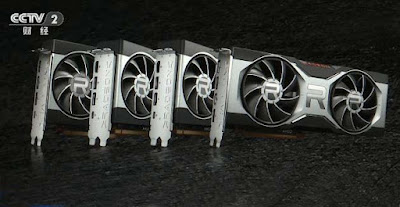It only takes 8 small Bitcoin transactions to produce a waste of scrapped Nvidia GeForce RTX 3090 graphics card. This is a conclusion drawn from a report on the electronic waste of the basic infrastructure of cryptocurrency. One transaction is equivalent to throwing away Two iPhones.
There are many articles on the ecological impact of cryptocurrencies such as Ethereum and Bitcoin, but not many articles on the impact of e-waste generated by "mining".
To make matters worse, the report also estimates that when the Bitcoin price peaked earlier this year, the annual amount of garbage could exceed 64.4 metric tons.
The reason for this is the way Bitcoin is produced. The blockchain uses a dedicated ASIC (application-specific integrated circuit) to protect the network, and the operation of the necessary algorithm is called "mining".
Since the first GPU supply shortage in 2017, virtual currencies have been disrupting the PC gaming environment.
Unlike Ethereum, which makes us dream of an affordable new GPU, Bitcoin's ASIC is a fixed-function device designed purely to run algorithms for virtual currencies and cannot do anything else. Therefore, when their useful life is over, the only option is to scrap them. And a "mining card" can still be used after "digging", although the service life is very short, it is essentially no different from electronic waste.
The study estimates that after a year and a half of use of this particular ASIC, its computing speed and the required power consumption are no longer profitable. The complexity of the algorithm has increased, which means that there is constant competition in technology comparison, or there is no profit at all to continue to support the Bitcoin blockchain.
Because of this hardware loss, the study claims that “on average, every transaction processed by Bitcoin on the blockchain generates 272 grams of e-waste.” In the absence of silicon chips, this is a large amount of waste. 272g is equivalent to two iPhones, or one-eighth RTX 3090.






No comments:
Post a Comment